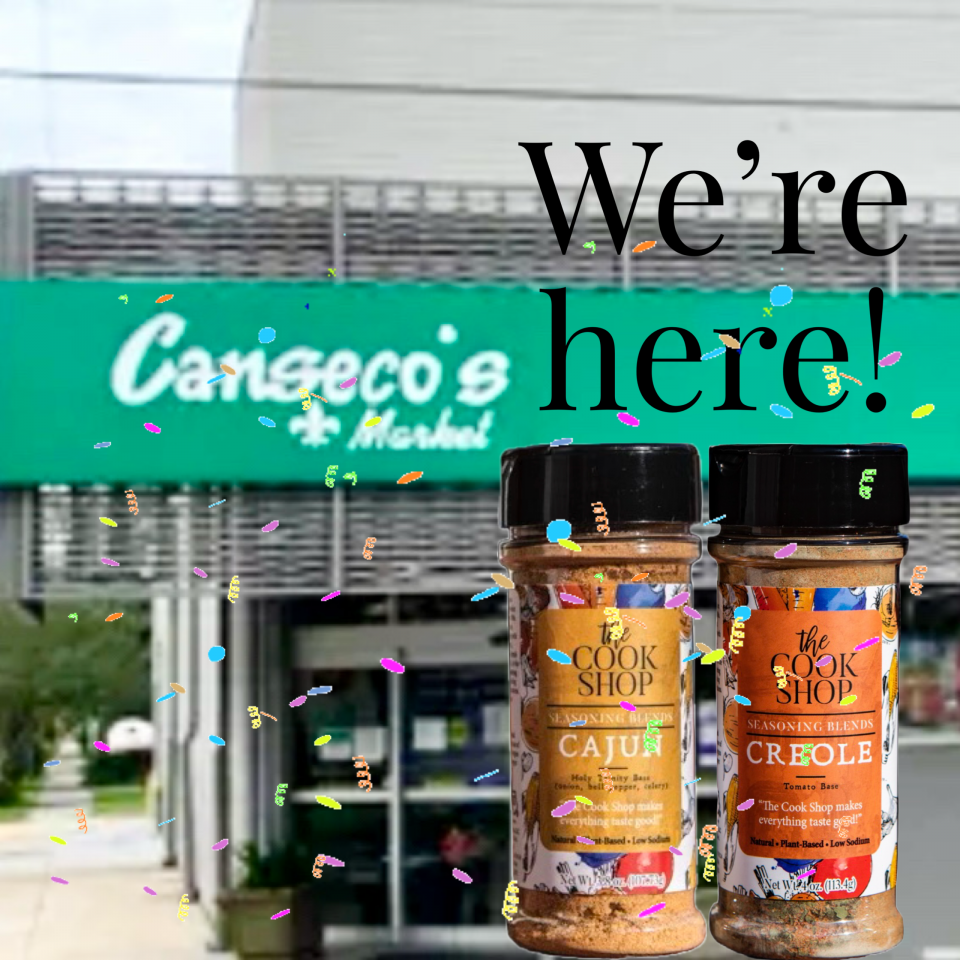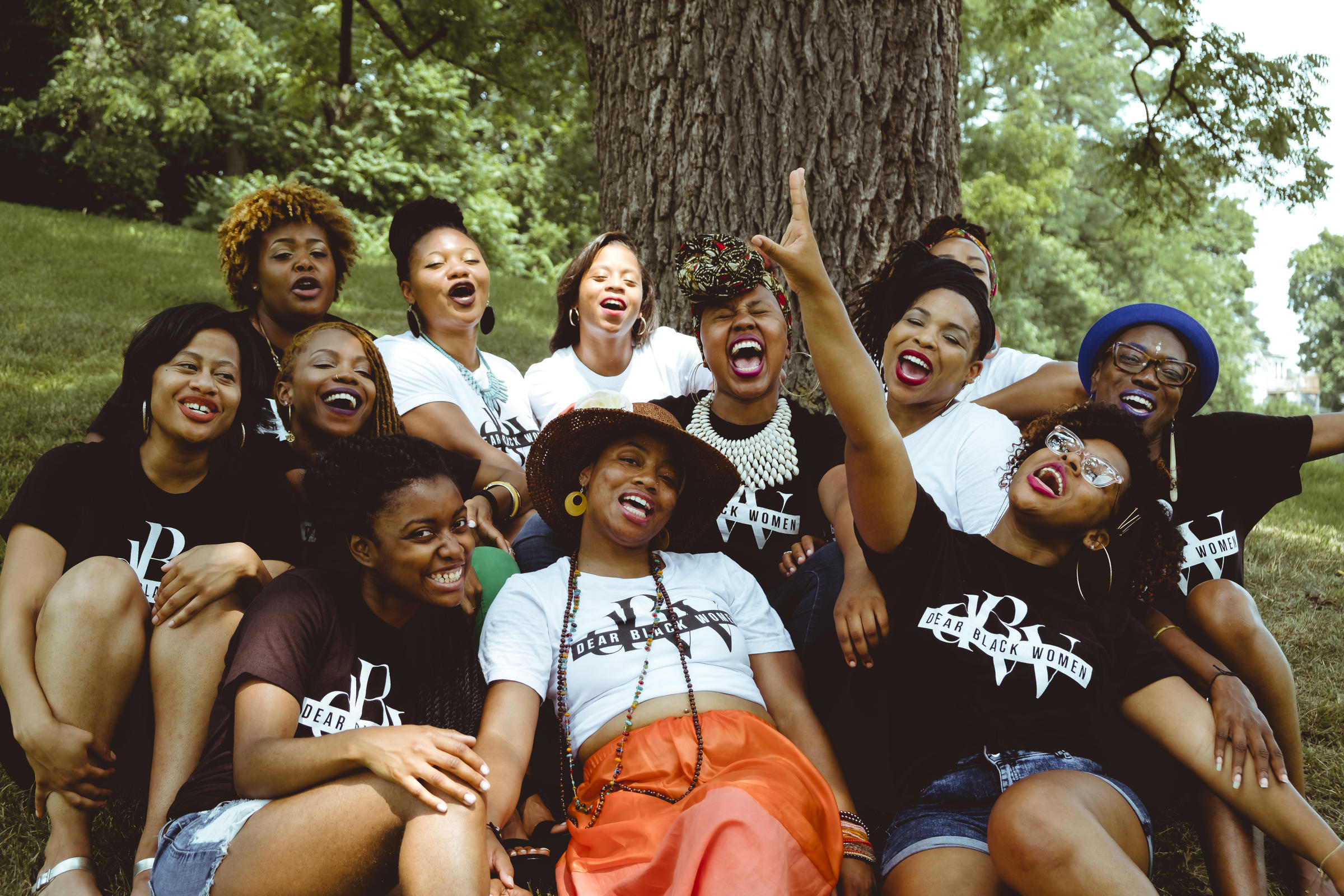Rethinking loneliness through the science of community trust.
by Kelly-Ann Allen Ph.D.
Key points
- Casual contact in public places has declined as digital systems replace many everyday exchanges.
- Brief interactions with strangers support social confidence and protect against loneliness and low mood.
- Trust in communities shapes whether people expect warmth or caution in public encounters.
By Gabrielle Skrekovski and Kelly-Ann Allen
The silence of a small café is broken by the drone of an espresso machine and the tap of keyboards. At the counter, a 27-year-old project coordinator waits for her flat white. The barista’s smile catches her eye; perhaps she should offer a quick joke about the long line or compliment their latte art, but in hesitation, she averts their gaze. Her phone screen lights up with the day’s motivational quote: “Connection is the key to happiness.” Around her, orders move quietly, earbuds block sound, and attention stays fixed on screens.
This ordinary moment captures a broader trend: casual interactions in public spaces are fading (Salazar-Miranda et al., 2024). QR codes and self-checkouts have replaced many of the subtle exchanges that once made public life feel more social. Psychologists now warn that this thinning of social connection could feed what the U.S. Surgeon General (2023) has labelled a “loneliness epidemic,” with health risks sometimes comparable to smoking 15 cigarettes a day.
Beyond Friends and Family
While it might feel natural to prioritise loved ones when thinking about our social health, research shows that even fleeting encounters with strangers can make meaningful contributions to our wellbeing, but there is a disclaimer: People must feel safe.
A recent investigation in the Journal of Happiness Studies examined how trust in local communities shapes social encounters. When people feel their community is generally safe and trustworthy, they are more likely to experience good-quality interactions with strangers.
Small Talk, Big Impact: The Science of “Clicking”
West and colleagues (2025) focused on the quality of brief encounters with strangers. They investigated a mutual sense of warmth and concern, feeling energised and uplifted in each other’s company, and feeling in sync, and found that higher trust in one’s local community was linked to a stronger emotional connection with strangers. Interactions with close others did not shift in the same way. This points to a specific connection between community trust and how comfortable or engaged people feel during everyday exchanges with people they are less familiar with.
Central to this discussion is Barbara Fredrickson’s broaden-and-build theory (Fredrickson, 1998), which introduces the concept of positivity resonance, the fleeting moment when two people share warmth and emotional synchrony. Think of a knowing glance exchanged with someone holding the lift door, or a joke traded between commuters stuck on a delayed tram. Research shows these small sparks predict lower loneliness, reduced depression, and even improved physical health (Wells et al., 2022).
Related: If you never fight Someone is hiding
To test the role of trust, West and colleagues (2025) used carefully designed hypotheticals where participants imagined moving to a new town. In one scenario, a lost wallet was returned, suggesting a place where people look out for one another. In the other, the wallet never reappeared, which signalled weaker trust. Participants who pictured the high-trust town expected warmer interactions with strangers than those in the low-trust condition.
Disconnected in a Connected Age
The implications of these results may be especially relevant for Gen Z. The decline of third spaces, the everyday public places where people naturally gather outside home and work, including libraries and community centres, has reduced casual opportunities to interact with others (Borowski & Stathopoulos, 2023). COVID-19 may have accelerated this shift as much social activity moved online. Many who came of age during the pandemic now describe lower confidence in face-to-face settings, adding to rates of social anxiety and reported weaker community ties.
The World Health Organisation has reported that rising isolation is linked to increases in depression, anxiety, and reduced communication skills among young people (WHO, 2023). As more interactions move through digital systems, the quieter glue that holds community interactions together can start to loosen. Without deliberate effort to rebuild trust, communities risk becoming what sociologist Ray Oldenburg described as “third place deserts” (Oldenburg, 1999), areas with fewer public places where people can take part in incidental everyday social interactions.

Reading the Fine Print
These findings are encouraging, yet they need careful interpretation. People who face discrimination or who live with disabilities may experience public spaces differently. Trust and safety might look different for different people.
Acknowledging these differences prevents us from assuming the findings apply equally to everyone. Any effort to strengthen everyday social connections needs to sit alongside policies that address safety, accessibility, and structural inequities, so that trust can build across the whole community.
Toward a More Connected Future
The hopeful message is that trust and connection can be built. At the individual level, small gestures that acknowledge the people around us, like a brief greeting or a simple hello, may seem trivial, but can foster better social moments and allow positivity resonance to develop.
For readers wanting to put this into practice, psychologists recommend deliberately cultivating moments of connection. A few evidence-based strategies include:
- “Say Hi to Three Strangers” Challenge: Each day, greet three people you don’t know: a barista, a security guard, or someone in the lift. Even brief acknowledgments (a smile or hello) increase social confidence and predict greater daily well-being.
- Phone-Free Moments: Choose one daily context (e.g., waiting in line, on public transport) to put away your phone and remain open to brief exchanges. Removing digital barriers can increase the likelihood of spontaneous positivity resonance.
- Join or Reclaim a Third Space: Make a habit of working occasionally from a library, community café, or coworking hub instead of from home. Simply being present in shared spaces creates more opportunities for casual connection.
At the policy level, governments and organisations around the world are beginning to respond. Many now recognise loneliness as a public health concern and are calling for community-based efforts to create safer and more inclusive opportunities for interaction. Investment in libraries, parks, and local hubs can help rebuild the everyday settings that support casual social contact.
Through combining individual openness with collective efforts to strengthen trust and safety, communities can begin to rebuild the everyday connections that have weakened in recent years. In a period marked by social strain and heightened uncertainty, a small gesture of goodwill toward a stranger can help restore the quiet ties that hold public life together.

